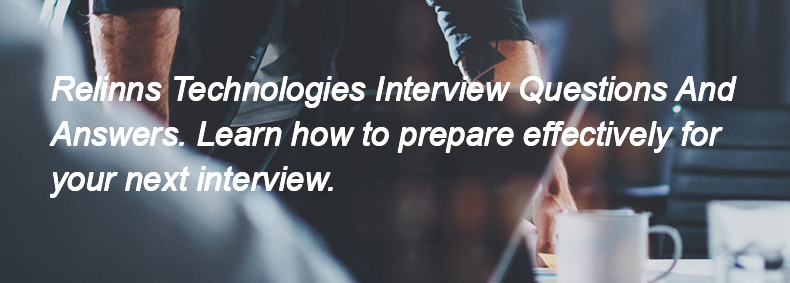Amazon S3 (Simple Storage Service) is an object storage service designed for storing and retrieving any amount of data from anywhere on the web, while Amazon EBS (Elastic Block Store) is a block storage service used with Amazon EC2 instances for storing data that requires low-latency access, such as file systems and databases.

Amazon Route 53 is a scalable and highly available Domain Name System (DNS) web service that translates domain names into IP addresses, helping to route end users to Internet applications.
AWS, or Amazon Web Services, is a comprehensive cloud computing platform provided by Amazon that offers a wide range of services, including computing power, storage, and databases, as well as machine learning, analytics, and networking, allowing businesses to scale and grow without the need for physical infrastructure.
EC2, or Amazon Elastic Compute Cloud, is a web service that provides resizable compute capacity in the cloud, allowing users to run virtual servers and manage applications on-demand.
To secure data in transit in AWS, use SSL/TLS for encryption during transmission and implement VPNs or AWS Direct Connect for secure connections. To secure data at rest, use AWS services like S3 Server-Side Encryption, EBS encryption, and RDS encryption, along with IAM policies to control access.
In Google Cloud Platform (GCP), firewall rules control the traffic to and from virtual machine (VM) instances. They are defined at the network level and specify allowed or denied traffic based on attributes like IP address ranges, protocols, and ports. Each rule can apply to specific targets, such as all instances in a network or specific instances with certain tags. By default, GCP allows all outbound traffic and denies all inbound traffic unless specified otherwise by the firewall rules.
To monitor and troubleshoot applications in GCP, you can use Google Cloud Monitoring for real-time metrics and dashboards, Google Cloud Logging for centralized log management, and Google Cloud Trace for performance analysis. Additionally, you can set up alerts to notify you of issues and use Google Cloud Debugger for in-depth application debugging.
Google Cloud Platform (GCP) handles data encryption and security as follows:
1. **At Rest**: GCP automatically encrypts data stored on its services using AES-256 encryption. Users can also manage their own encryption keys using Cloud Key Management.
2. **In Transit**: GCP secures data in transit using Transport Layer Security (TLS) to encrypt data moving between services and clients, ensuring confidentiality and integrity.
Google Kubernetes Engine (GKE) is a managed service that allows you to run and manage containerized applications using Kubernetes. It automates tasks like deployment, scaling, and operations of application containers across clusters of hosts.
In contrast, Compute Engine provides virtual machines (VMs) that you can use to run applications and workloads without the container orchestration capabilities of Kubernetes. GKE focuses on container management, while Compute Engine focuses on VM management.
You would choose BigQuery over Cloud SQL or Firestore when you need to analyze large datasets quickly, perform complex queries on massive amounts of data, or require advanced analytics features like machine learning and real-time data processing.
IaaS (Infrastructure as a Service) provides virtualized computing resources over the internet, allowing users to manage operating systems and applications. PaaS (Platform as a Service) offers a platform allowing developers to build, deploy, and manage applications without worrying about the underlying infrastructure. SaaS (Software as a Service) delivers software applications over the internet on a subscription basis, with users accessing the software without managing the underlying infrastructure or platform.
To implement CI/CD pipelines using Azure DevOps, follow these steps:
1. **Create a Project**: Set up a new project in Azure DevOps.
2. **Set Up Repositories**: Use Azure Repos to host your code.
3. **Create a Build Pipeline**:
- Navigate to Pipelines > Builds.
- Click on "New Pipeline" and select your repository.
- Choose a template or configure your pipeline using YAML or the classic editor.
- Define build tasks (e.g., restore, build, test).
- Save and run the pipeline to ensure it builds successfully.
4. **Create a Release Pipeline**:
- Go to Pipelines > Releases.
- Click on "New Pipeline" and select your build artifact.
- Define stages (e.g., development, staging, production).
- Add deployment tasks for each stage (e.g., Azure App Service deployment).
- Configure triggers for automatic deployments (e.g., after
Azure Blob Storage is designed for storing unstructured data like text and binary data, while Azure File Storage provides a fully managed file share that can be accessed via SMB (Server Message Block) protocol, making it suitable for applications that require shared file access.
To implement backup and disaster recovery in Azure, you can use Azure Backup for automated backups of your virtual machines, databases, and files. For disaster recovery, utilize Azure Site Recovery to replicate and failover your applications and workloads to a secondary region. Ensure you regularly test your backup and recovery processes to validate their effectiveness.
A Virtual Network (VNet) in Azure is a logically isolated network that allows you to securely connect Azure resources to each other and to on-premises networks. It is configured by defining the address space, creating subnets, and setting up network security groups and routing rules as needed. You can create a VNet through the Azure portal, Azure CLI, or Azure PowerShell by specifying the desired IP address range and subnets.
